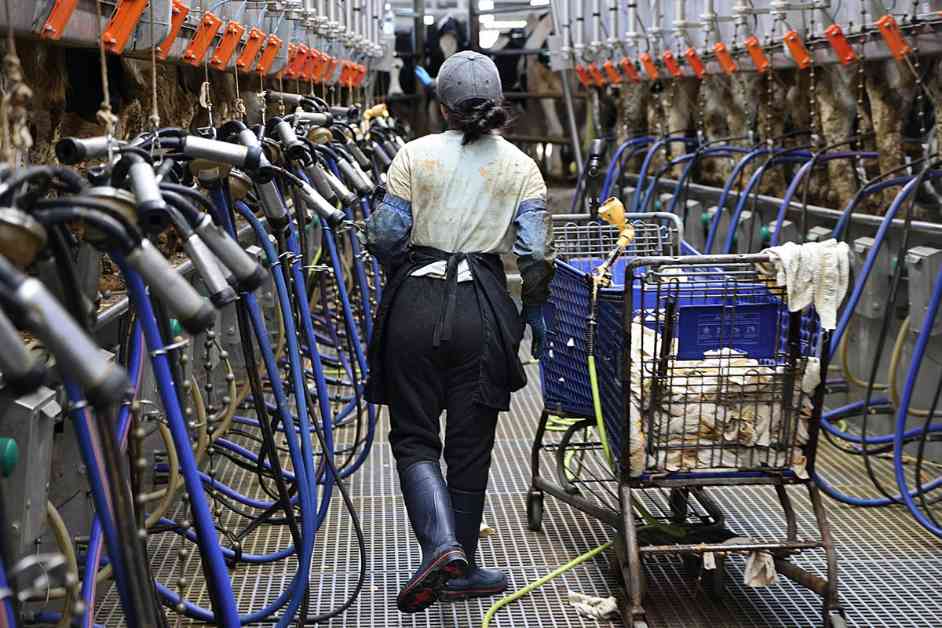The H5N1 avian influenza virus has been causing concern as it spreads through U.S. dairy cow herds and infects human farm workers. Recently, a different strain of the virus was detected in workers on poultry farms in Washington State. The U.S. Department of Agriculture announced that the virus was found in a pig for the first time on an Oregon farm, raising concerns about the potential hybridization of bird flu and seasonal flu as the typical flu season approaches.
This year, there have been at least 39 confirmed cases of H5N1 in humans in the U.S. Most cases have been mild, with symptoms such as minor eye infections and respiratory issues. The cases have been linked to contact with infected farm animals, particularly chickens and dairy cows. Across 14 states, 395 cow herds have tested positive for H5N1.
Experts are worried about the possibility of a wider outbreak of the virus due to its ability to mutate and potentially undergo reassortment. Reassortment is a process where flu viruses swap genetic segments, potentially creating a new virus with characteristics of both parent strains. While reassortment alone may not lead to a pandemic, specific mutations are also required for the virus to become more transmissible among humans.
Pigs are considered ideal mixing vessels for pandemic pathogens as they can be infected by both human and avian influenzas. The recent detection of H5N1 in a pig on an Oregon farm has raised concerns about the virus potentially spreading to other animals and the risk of reassortment with seasonal influenza. It is important to monitor the situation closely to prevent the virus from evolving into a more dangerous hybrid strain.
To mitigate the risk, the Centers for Disease Control and Prevention have urged farm workers to get their seasonal flu shots. While the U.S. has a stockpile of H5N1 vaccines, they have not been distributed yet. Vaccinating cattle against H5N1 is also being considered to reduce the spread of the virus through milk production and protect farm workers and the public.
As flu season approaches, the chances of a farm worker contracting H5N1 and seasonal flu simultaneously are low, but the risk could increase. It is essential to monitor the situation closely and take preventive measures to prevent the virus from becoming a greater threat to public health. The potential for reassortment and the need for specific mutations for the virus to become more transmissible among humans highlight the importance of ongoing surveillance and preparedness efforts.










